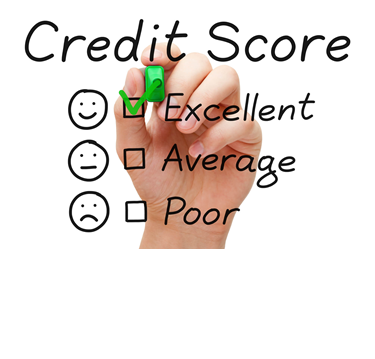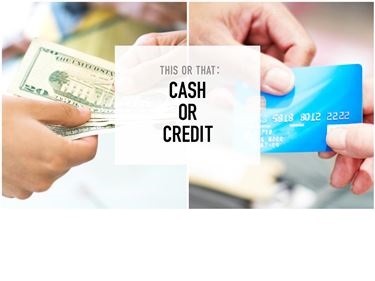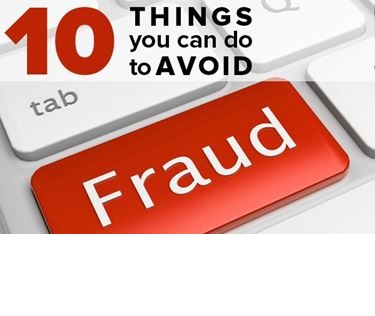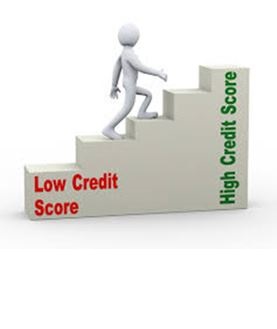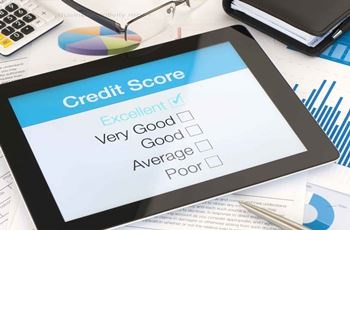As your program with Consumer Debt Help Association nears the end your credit is the next step in this chapter. Your credit has been negatively affected and it will bounce back but first you need to understand credit. You need to use credit to improve your credit, but use credit wisely. Please take some of the tips in this article to help you in your journey to a great credit score.
Nothing sends fear through the heart of a child more than report card day. Prepare yourself for a sense of déjà vu when applying for a loan… many say the situation ignites that same type of blast-from-the past feeling as they sit on the edge of their seat awaiting their financial fate. And what to do if, ultimately, that application is stamped “denied”? Figure that your credit score had a lot to do with it, and start making big changes.
Today’s financial climate is chilly, and according to credit experts and certified financial planners, a not-so-hot credit score typically means the dreaded “walk of shame” out of a dealership or mortgage office. Now is the time to get savvy about your finances and credit standing – being clueless about any aspect of your credit health can really cost you.
Slam-dunking your credit score smarts
Quite simply, your credit score summarizes your credit risk based on a snapshot of your credit standing at a particular point in time. It isn’t so much a grade, it’s more like a grade point average. It’s an overall assessment of your financial responsibility and influences the amount of credit that’s available to you as well as the conditions you may have to agree to in order to get that credit.
One major misconception, Clark says, is that people often confuse “credit report” with “credit score.” While the terms may sound similar, one is actually built upon the other. “A credit report is an objective history of who you’ve been as a borrower – it passes no judgment,” says Clark. “The credit score is a subjective evaluation of that history.” Whether it’s a credit card, car loan, or mortgage, lenders want to know your level of risk, and how likely it is they’ll get paid on time.
Learning the lingo
The terms “credit score,” “credit rating,” and “FICO score” are often used interchangeably. FICO simply refers to Fair Isaac Corporation, the company that originally developed a ‘score’ method of rating consumers’ credit histories.”
Today, the three major reporting companies (Experian®, Equifax®, and TransUnion®) each report their own credit scores. For instance, there’s the Plus Score®, calculated by Experian; the Empirica Score, offered through TransUnion; and Equifax’s Beacon Score. And what are lenders really looking at? “Different creditors use different factors to rate overall credit worthiness,”. “It basically comes down to whether you pay – and pay on time – and whether creditors have reason to believe you might be overextending yourself.” The more responsible you are with credit, the higher your score will be. If you’re included in the estimated 45 percent of consumers who don’t know their credit score or 32 percent who’ve never checked their credit report, it’s time to do some homework.
Factoring the formula
Brush up on the five key components that factor into your credit score:
1.Payment history = 35%
Are you paying your bills as agreed? The most recent six months has the greatest impact on your score. The highest weight is placed on the highest payment. Usually, this is your mortgage, next would be a car payment, followed by student loan or credit card payments. Bankruptcies, judgments, liens, and collections/charge-offs will negatively impact your score, as will late payments. FYI: The severity of the delinquency is determined by the amount, how much time has passed, and the number of times you were late on an account. It could be 30, 60, or 90 days late.
2.Balances carried = 30%
This is the actual dollar amounts you owe on various accounts in relation to how much credit you have available. You want this ratio as low as possible. Keep in mind, mortgages and installment loans are not factored into this as much because they are not really a credit line. FYI: If you’re thinking of applying for a home loan, don’t pay off collections or judgments prior to qualifying. By paying off the collection, you are, in effect, starting the collection process all over again; accordingly, your score will take a big hit. Pay off the collection at closing. Once you have the loan, you can handle a few months of a lower score.
3.Credit history = 15%
How long have you been credit worthy? If you have a long history of making payments as agreed, it will help your credit score. But this can also hurt older people. By closing old accounts, you are removing all those years of payment history from the credit-scoring model, which is why experts urge you to keep accounts you’ve managed efficiently open. FYI: One thing lenders had done in the past with younger borrowers is to have the parents add the child as an “authorized user” on to a credit card account they have had for 20 years. This immediately upped the credit score of the child because he/she had “inherited” a long credit history. However, within the past year, credit bureaus began ignoring any “authorized user” accounts when figuring out a borrower’s credit score.
4.Mix of accounts = 10%
Ideally, the credit bureaus like to see a mortgage, an auto loan, and three to five credit cards. For a borrower, if you have a Home Equity Line of Credit (HELOC), it will be treated as a revolving account unless it is greater than $40,000.FYI: If it is greater than $40,000, it will be considered a mortgage.
5.Inquiries = 10%
Each inquiry will take points off of your score. Multiple inquiries for a mortgage within 45 days will only count as one inquiry (the fact that you’re “shopping around” is a given). Likewise, multiple inquiries for a car loan within 45 days will count as only one inquiry.FYI: Only the first 10 inquiries count each year. Inquiries for a job, insurance or utilities, an account review, a promotion (pre-approval offers in the mail), or your own personal review won’t affect your credit score.
Facing the Consequences
When it comes to mortgages, car loans, and credit cards, what you don’t know can certainly hurt you. Your score is a reflection of your actions: choose the behavior, choose the consequence. According to the Gallant Group, a diversified investment and financing firm:
•30 days late on a payment can damage your credit score by at least 50 or more points;
•60 or 90 days late, or a 30-day late payment on multiple accounts can drop your score by 100+ points;
•Balances more than 40 percent of your credit limit affects your score by as much as 100 points;
•If multiple credit cards are maxed out or approaching maximum balances, your credit score will be diminished by at least 80+ points.
“It’s important to understand the tapestry of credit that we’re weaving” . “The choices you’re making even right now can affect your credit score.” If you plan to borrow money in the next six to 12 months, you simply can’t afford to turn a blind eye. If you keep your credit report healthy and cared for, you’ll have nothing to worry about come scoring time.



